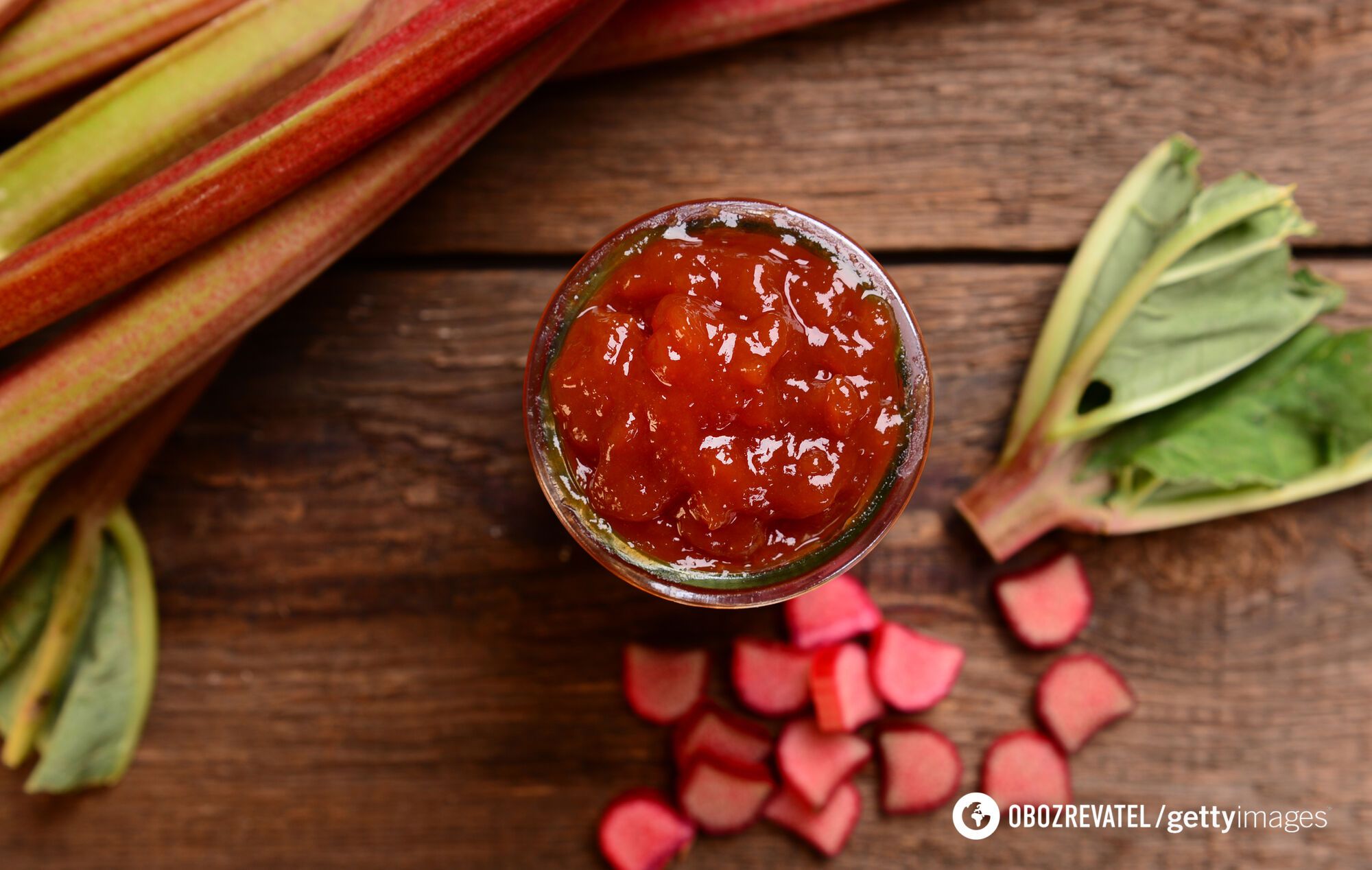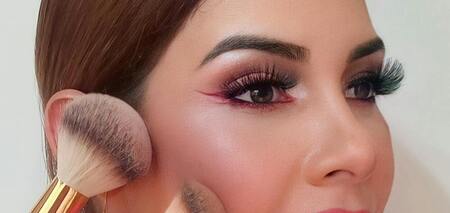LS Food
What is rhubarb good for: the main health benefits are revealed
Rhubarb is an edible herb. It has a sweet and sour taste, so it is usually consumed cooked or as an ingredient in other dishes.
Its stems are used for food because the leaves contain oxalic acid and can cause serious health problems, according to tuasaude.com.
Main benefits
- Improves eye health with lutein, an antioxidant that protects the macula (the area of the retina) from damage;
- Prevents cardiovascular disease due to its fiber content, which reduces the absorption of cholesterol in the intestines, as well as antioxidants that prevent atherosclerosis;
- Helps regulate blood pressure and improves blood circulation as it contains antioxidants that have anti-inflammatory effects. In addition, potassium helps relax blood vessels by facilitating the passage of blood through the arteries;
- Improves skin health and prevents acne, thanks to its richness in vitamin A;
- Effective in the fight against cancer, as it contains antioxidants that prevent cell damage caused by the formation of free radicals;
- Promotes weight loss due to its low-calorie content;
- Strengthens the immune system as it is rich in selenium and vitamin C;
- Alleviates menopausal symptoms, thanks to phytosterol, which helps reduce hot flashes (sudden heat);
- Supports brain health, as it is not only rich in antioxidants, but also contains selenium and choline, which help improve memory and prevent neurodegenerative diseases such as Alzheimer's disease or senile dementia.
How to use
Rhubarb is best consumed in the form of tea or added to recipes (pastries, cakes, jams). Cooked food helps to reduce the content of oxalic acid by 30-87%.
If it is kept in a very cold place, such as a freezer, oxalic acid can migrate from the leaves to the stem, causing problems for those who consume it. Thus, it should be borne in mind that rhubarb should be stored at room temperature or under moderate refrigeration.
Rhubarb tea
Ingredients:
- 500 ml of water
- 2 tablespoons of rhubarb stem
Preparation:
- Put the water and rhubarb stem in a saucepan and bring to a boil.
- Reduce the heat and cook for 10 minutes.
- Strain.
- Drink hot or cold.
Orange jam with rhubarb
Ingredients:
- 1 kg of chopped fresh rhubarb
- 400 g of sugar
- 2 teaspoons of orange zest
- 80 ml of orange juice
- 120 ml of water
Preparation:
- Put all the ingredients in a saucepan and bring to a boil.
- Reduce heat and cook for 45 minutes or until thickened, stirring occasionally.
- Pour into glass jars (sterile) and store in the refrigerator.
Possible side effects
Rhubarb poisoning can cause abdominal cramps, diarrhea, and vomiting, accompanied by internal bleeding, convulsions, and coma. The above effects have been seen in some animal studies whose consumption of this plant was about 13 weeks, so it is not recommended to eat it for a long time.
Contraindications
Rhubarb is contraindicated in children, women during menstruation or pregnancy, and people with kidney problems.




























